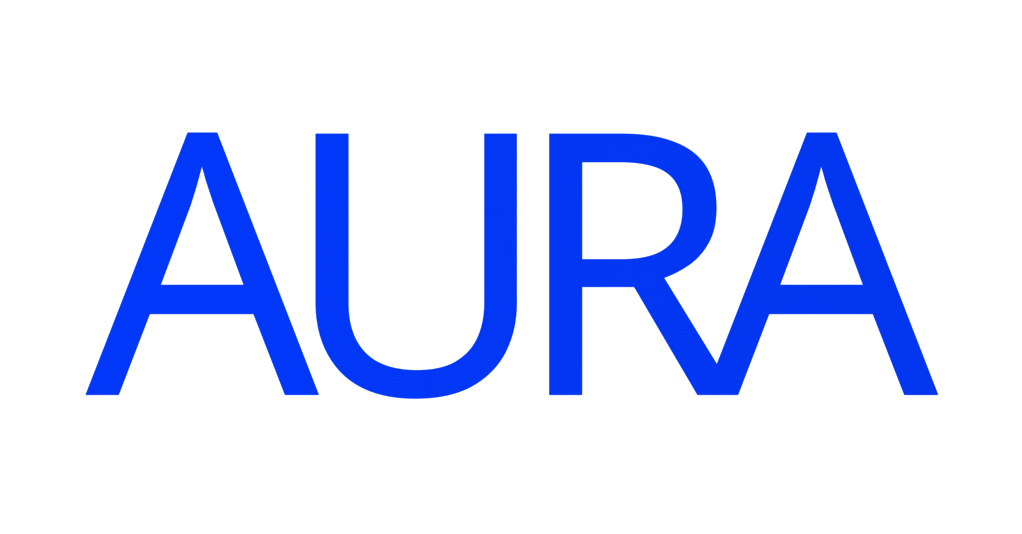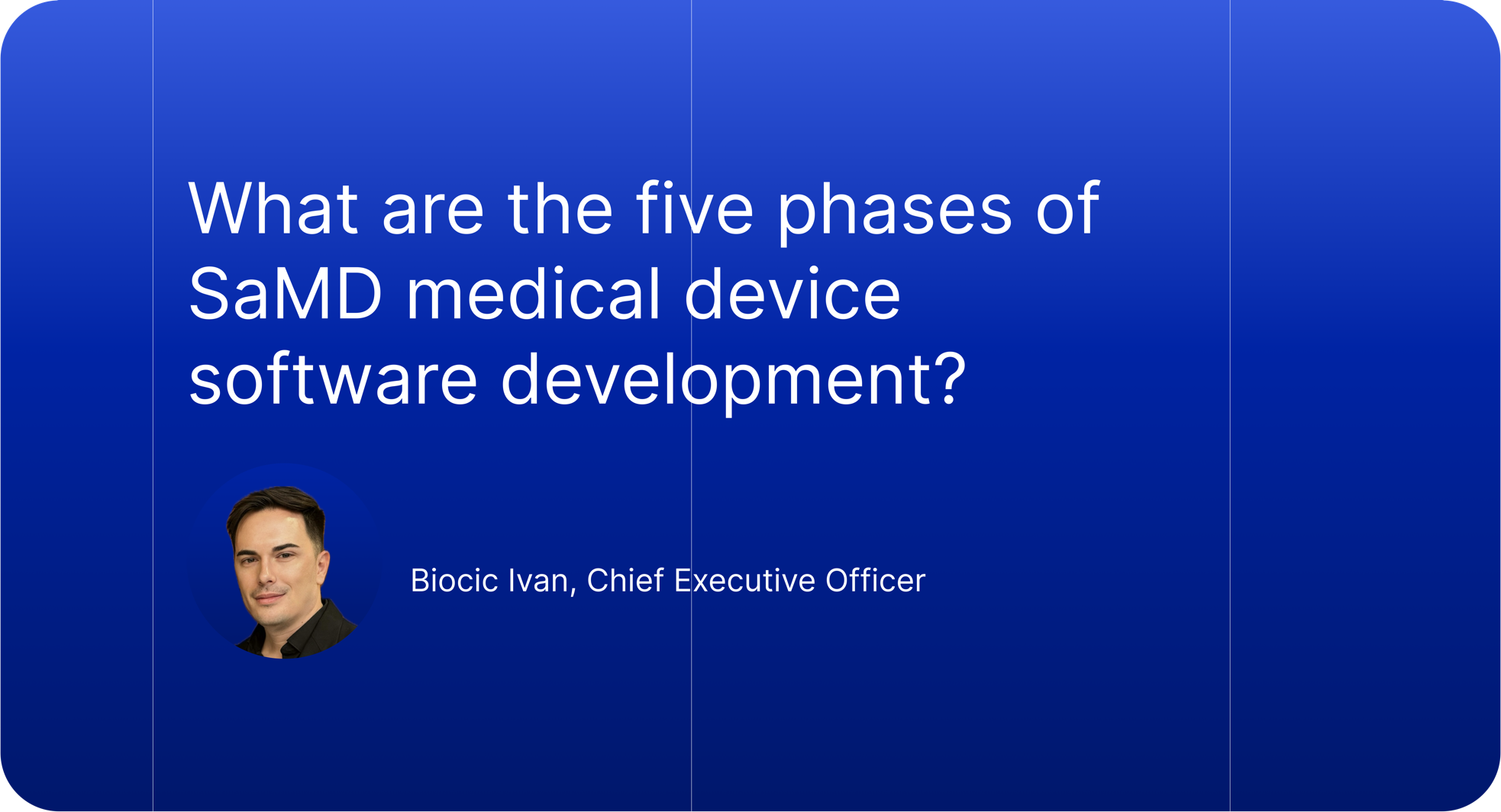Introduction to SaMD development
The Software as a Medical Device (SaMD) market has taken the lead in changing the way we see and use medical technology in the ever-changing healthcare landscape. According to recent market evaluations, the SaMD industry will develop at an astounding rate, with projections showing a market size of $167.59 billion by 2032—a compound annual growth rate of 23.6%. This rapid expansion highlights how SaMD and AI-enhanced SaMD are revolutionizing healthcare by providing ground-breaking tools for complex health condition diagnosis, real-time monitoring, and management, eventually resulting in improved patient care.
Software as a Medical Device (SaMD) offers a special fusion of cutting-edge technology with exacting healthcare regulations. At Aura Health, we use a well-planned strategy broken down into five steps to help us negotiate this difficult environment. To guarantee that the SaMDs we create are both technologically cutting edge and compliant with the strict standards of patient safety and regulatory compliance, each process is essential.
Ideation and planning
The ideation and planning stage is where the SaMD development process starts. The goal of this phase is to establish a solid foundation for the project as a whole. It entails delving deeply into strategic planning, where we evaluate several funding possibilities to guarantee the project has strong financial support.
It is imperative to comprehend the target market, and we invest a great deal of time and energy in examining the particular requirements, preferences, and obstacles that exist within these areas. This realization is essential to making sure that the SaMD products we create are properly suited to satisfy consumer needs.
The phase’s most important task is negotiating the regulatory environment. It is imperative to ensure that our development approach is in line with the distinct regulatory needs of each market from the beginning. We concentrate on establishing a Quality Management System (QMS) under accepted guidelines such as ISO 13485. In order to guarantee that all operations pertaining to software as a medical device are under a controlled and monitored procedure, this is not simply a procedural step but also a strategic one.
Conceptualization, feasibility
Our initial concepts start to take shape during the conceptualization and feasibility stages. Here’s where we turn our creative ideas into real, workable prototypes. Interacting with stakeholders and possible users is one of the most important tasks in this period.
We obtain essential information about their requirements, preferences, and expectations through surveys, interviews, and focus groups. By designing software like a medical device with the needs of the market in mind, we can make sure that it meets those goals and improves user pleasure in the process.
The review of intellectual property is another important component of this phase. To make sure that our SaMD does not violate any current patents and to spot possible patent prospects, we closely monitor the patent environment. This helps build a solid intellectual property position for the project in the market and protects it from legal threats.
Design, development, and testing
Our concepts and prototypes come together to form a final product design in the third step. Here, the emphasis is on transforming theoretical elements and insights obtained during early phases into an actual program design.
The process is governed by various international standards, ensuring the software is safe, effective, and user-centric. Design verification and validation are key components of this phase. We rigorously test the software to confirm that it meets its specified requirements and accomplishes its intended purpose. This dual process guarantees the reliability and effectiveness of the SaMD.
Final validation, market preparation
Our focus shifts to completing the product in preparation for its launch on the market as the project nears completion. This stage involves more than simply wrapping up the development process; it also involves making sure the SaMD is market-ready.
This entails creating a compelling brand identity, finishing the Design History File to guarantee thorough and legal documentation, and creating a plan for a market launch.
Post-market surveillance, quality assurance
The last phase marks the beginning of a new journey in which the SaMD is being used to address real-world issues rather than the conclusion of our current one. Being aware and accommodating is key at this point. To ensure that the SaMD meets the high standards specified during development, we closely monitor its performance.
To guarantee compliance with our quality management system and compliance requirements, regular quality audits are carried out.
In addition to technical proficiency, developing SaMDs requires a deep understanding of market dynamics, quality assurance, and regulatory frameworks. To successfully negotiate the complexities of SaMD development, a planned, stepwise strategy is necessary.
Technical know-how, in-depth regulatory knowledge, market trends analysis, and a commitment to quality and risk management are all necessary in the software as a medical device (SaMD) industry. Every step of the intricate five-phase development process has different challenges, making it challenging to traverse.

